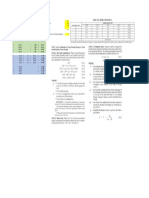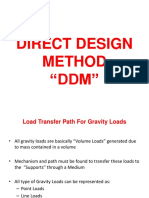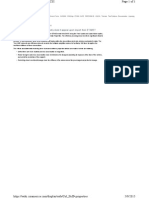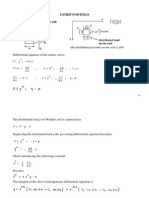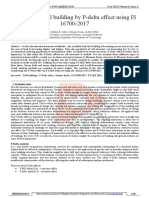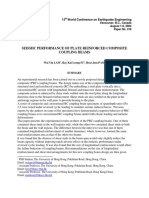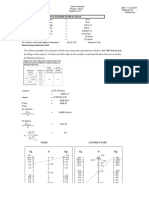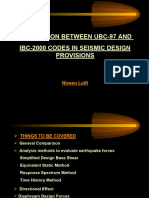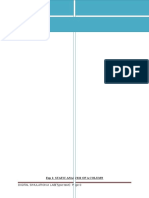0% found this document useful (0 votes)
373 views1 pageInsertion Point
The document discusses using insertion points to model eccentricity in structural frames. It recommends assigning insertion points to beams or columns to offset their ends and model eccentricity at joints. It notes to uncheck "DON'T TRANSFORM STIFFNESS" so that the software accounts for the offset in stiffness calculations. For single columns, it suggests offsetting either the load point or column axis using insertion points. Again, the document recommends unchecking the stiffness transform option.
Uploaded by
Hur HasanCopyright
© © All Rights Reserved
We take content rights seriously. If you suspect this is your content, claim it here.
Available Formats
Download as TXT, PDF, TXT or read online on Scribd
0% found this document useful (0 votes)
373 views1 pageInsertion Point
The document discusses using insertion points to model eccentricity in structural frames. It recommends assigning insertion points to beams or columns to offset their ends and model eccentricity at joints. It notes to uncheck "DON'T TRANSFORM STIFFNESS" so that the software accounts for the offset in stiffness calculations. For single columns, it suggests offsetting either the load point or column axis using insertion points. Again, the document recommends unchecking the stiffness transform option.
Uploaded by
Hur HasanCopyright
© © All Rights Reserved
We take content rights seriously. If you suspect this is your content, claim it here.
Available Formats
Download as TXT, PDF, TXT or read online on Scribd
/ 1
